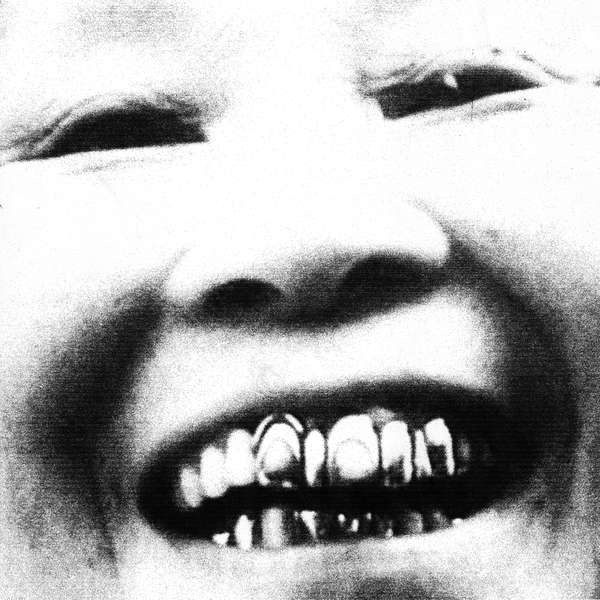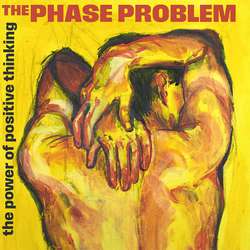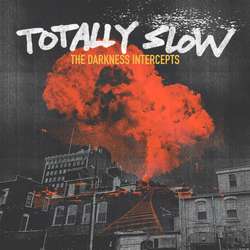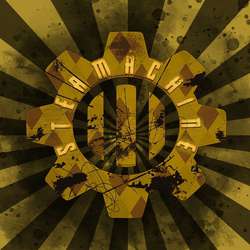First showing up in 2012 and making waves in the underground music scene ever since, Sd Laika makes a brand of electronic music that seems to suggest what Richard D. James (i.e. Aphex Twin) might have been making had he turned up in the 2000s and 2010s as opposed to the 1990s. Hailing from Milwaukee, Wisconsin which seems about as unlikely a place for this type of music to spring from as any and existing as the solo project of producer Peter Runge, Sd Laika’s sound is very abstract and generally unmelodic, more about creating a mostly ugly, dirty, and dark sort of atmosphere than developing catchy melodies or danceable beats. Though there seems to be a vague connection between Laika’s music and the world of hip hop, even as musicians such as Skrillex have incorporated those elements more and more in their music, Laika’s sound is purely instrumental, with the only vocals provided in the form of heavily-manipulated sound samples.
A further exploration of material featured on the previously-released Idiot Thug mixtape, the 2014 full-length That’s Harakiri presents electronica that’s not so far removed from what Container is doing these days. Full of crackly and frequently abrasive sound elements combined with only brief glimpses of what most would consider melody, Harakiri kicks off with the ninety second intro “Peace,” a bleak, hissy, and harsh track which sounds precisely nothing like what its title would indicate. “Great God Pan” is built around trumpeting, hollow bass tones and a stuttering rhythm made up of a thumping kick drum, intermittent bleeps and bloops, and continual rattling sounds. It’d be difficult to come up with a piece that sounds as cold, uninviting, and downright grimy as this one, and the appropriately-named follow-up track “Gutter Vibrations” only increases the sense of unease that greets a listener trying to tackle the album. The rhythm here is even more wacky, with what sounds like a jingling bicycle bell used in combination with a click-clack of wooden percussion accents and scissor-like sound effects over an overwhelming bed of creaky and unsettling horror movie ambiance. A low-frequency bass progression eventually provides the closest this track comes to having a definable melody, but it mostly seems like a mismatch of weird noises, fascinating to listen to but difficult to approach.
“I Don’t” begins with a sound effect similar to water rushing down a drain and proceeds from there to be one of the few, honestly memorable pieces here. Containing repetitive vocal samples that turn up from time to time, this piece of quirky electronica blasts out loud pulsating rhythm and arpeggios of burping synthesized tones, occasionally letting rip with rapid tempo accelerations and slow-downs. Right when it seems to be heading towards a more big climax, “I Don’t” stops rather hastily, with the few seconds of silence that follow it serving as a brief bit of respite on an album that seems to delight in sonically assaulting a listener. Driven by groaning, off-pitch tones and a tip-toeing mallet percussion melody, “Meshes” is about as bizarre a track as this definitively odd album comes up with. The chord structure here is perhaps most similar to that of music of the Far East, but instead of being meditative and calming, the track is ominous to the point that the relatively low-key and quiet subsequent track “Remote Heaven” seems like a minor letdown.
The sense of manic experimentation present of That’s Harakiri continues right up until it’s finish, even if a few of the last handful of tracks have beat elements that are a little more firmly established. “You Were Wrong” returns the album to the icy sort of mood that was present on the early tracks and features sputtering piano and a creepy 8-bit melody that sounds like Tetris gone evil, while “Don’t Know” plays like some especially demented trap electronica, with pitch-shifted vocals and a menacing, mechanized main theme. The fleeting “Peaked” has an unnerving effect on the listener due to its use of alarm-like sounds before it settles into an almost playful ambient electronic vibe as it nears its conclusion, and “It’s Ritual” cruises along to a pounding kick drum and fluttering rhythmic accents. Final track “Percressing” definitely embraces the hip-hop influence, having a crisp synthetic drum beat and crackling, repeating melodic hook. Eventually, the track is overrun with feedback and noise, and it abruptly ends the album when all systems simply stop.
Compared to what most people would think of when it comes to modern electronic music, That’s Harakiri seems like an anomaly. As many producers are attempting to make their sounds more tolerable to mainstream audiences, here’s a guy who seems to have gone the other way, making music that would perplex even those who exist and indeed thrive on the fringes of the popular music scene. I could almost imagine that this album wasn’t crafted by human hands at all, but rather by a machine in the midst of a catastrophic malfunction. Unlike some modern electro, the majority of the tracks here fall in the two to three minute range and I think Harakiri would be nearly impossible to swallow if it had included longer pieces than it does. Since I could probably make an argument for Sd Laika as a whole sounding like a witch house incarnation of Aphex Twin, it’s appropriate that this album would be released on the Tri Angle label that seems to specialize in that genre – and appear during the very year that Richard D. James mounts a comeback after a decade of silence. Though this wouldn’t appeal in the least to the audience looking for catchy, more accessible music, there’s undoubtedly a crowd out there that has been waiting for a release precisely like this one that would provide an alternative to everything else happening in the world of electronic music. I’d be shocked if there were many albums as mesmerizing, atmospheric, and unique as this one released this year.




